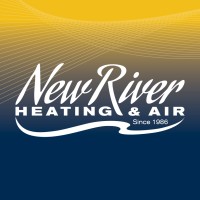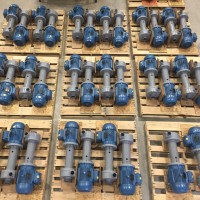
New River Heating and Air
Founded in 1986 by Tom Hannifan, New River Heating & Air started as a heating and air conditioning service company. Over the years, Mr. Hannifan’s reputation as a skilled, dependable and honest technician attracted the attention of major HVAC equipment manufacturers. His business quickly grew from customer and vendor referrals. Today, New River Heating & Air represents many leading manufacturers and services the needs of commercial and residential HVAC customers throughout the New River Valley, Roanoke, and Wytheville Areas.






